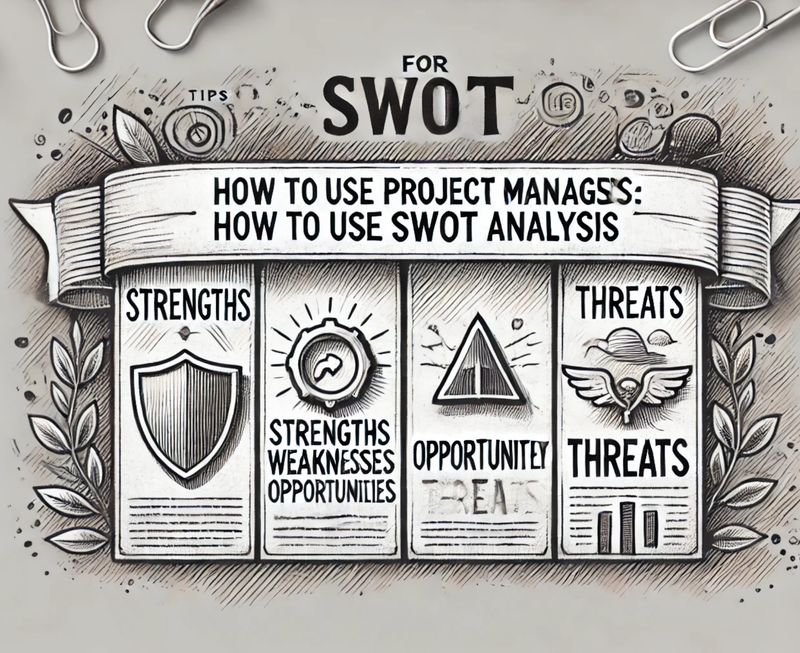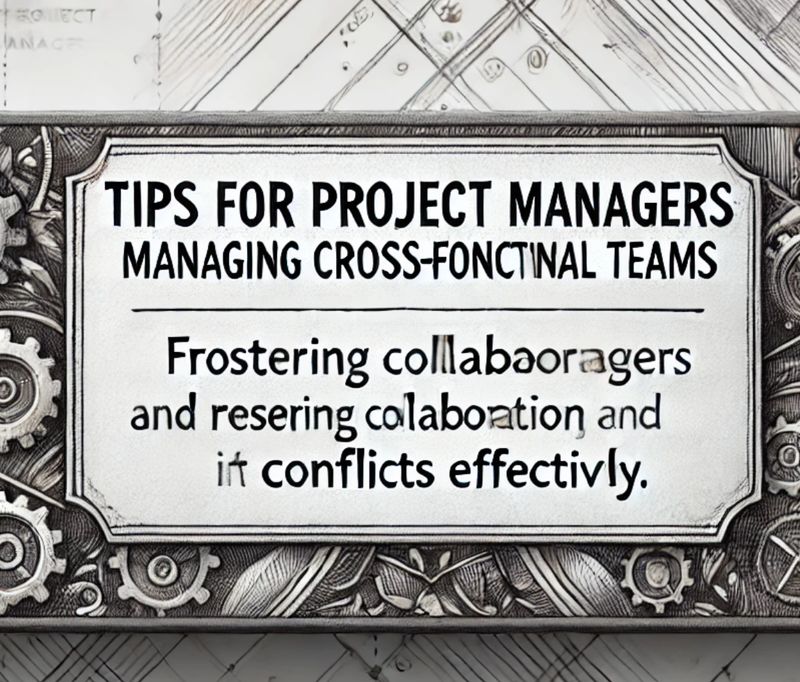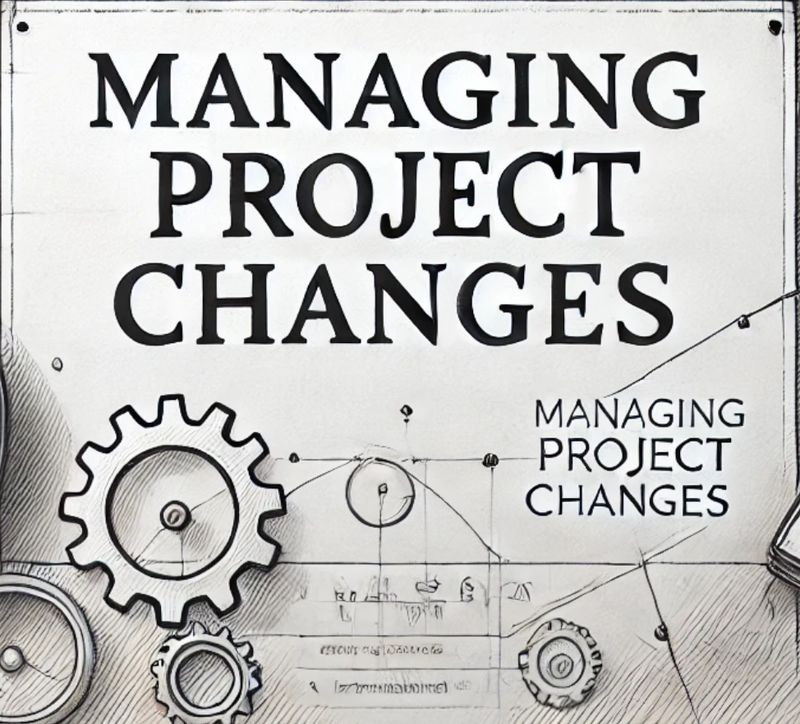How to Manage Client Expectations

Building Clear Communication Channels
Clear communication is the foundation of managing client expectations. To avoid misunderstandings and misaligned goals, prioritize open and honest dialogue from the start. For example, when initiating a project, make sure you discuss the scope, timelines, and deliverables in detail. Use plain language to explain technical aspects and confirm that the client fully understands what to expect at each stage.
1. Start with a detailed kickoff meeting. This is your chance to align goals, define deliverables, and set boundaries. Walk your client through the project plan, showing them the milestones and explaining what they can expect in terms of progress updates.
2. Keep communication consistent. Establish regular updates to keep the client informed. For example, you can schedule weekly check-ins where you summarize completed tasks, upcoming objectives, and any challenges the team is facing.
3. Use visuals and summaries to simplify updates. Instead of lengthy technical explanations, provide concise reports with visuals like timelines or progress charts. This makes it easier for clients to grasp where the project stands without getting overwhelmed by details.
Setting Realistic Goals and Boundaries
One of the most common pitfalls in project management is overpromising, which often leads to under-delivery. It's important to set realistic goals that your team can achieve and that the client can rely on. For example, if the client requests an additional feature late in the project, explain how this change would impact the timeline and budget before agreeing.
1. Be transparent about limitations. Let your client know upfront about the challenges your team may face, whether due to budget, resources, or time constraints. For instance, if a requested feature requires a longer development cycle, explain why it’s necessary and discuss potential alternatives.
2. Document every agreement. Ensure that all discussions and changes are recorded, either through meeting notes or updated contracts. For example, after a client requests a new deliverable, share an updated timeline and budget document so they clearly understand the impact.
3. Discuss contingency plans. Outline what will happen if something goes wrong. For instance, if a key team member becomes unavailable, have a backup plan ready and share it with the client so they know you’re prepared for unexpected events.
Managing Feedback and Resolving Issues
Client feedback is a valuable resource for ensuring the project meets expectations, but it must be handled effectively to avoid scope creep or delays. Encourage the client to share their input, but guide them toward constructive collaboration. For example, if a client is unhappy with a deliverable, invite them to provide specific suggestions for improvement rather than vague criticisms.
1. Foster a feedback-friendly environment. Let the client know that their opinions are welcome at every stage of the project. For example, during design reviews, ask open-ended questions like, "Is there anything you’d like to adjust?" or "Does this align with your vision?"
2. Be proactive in addressing concerns. If you sense hesitation or dissatisfaction, don’t wait for the client to raise the issue. Reach out directly and ask for their thoughts. For instance, if a project phase is running behind schedule, communicate the reasons and suggest realistic solutions.
3. Focus on solutions, not problems. When issues arise, frame your response around how you plan to resolve them. For example, if a deliverable requires rework, outline a clear action plan with new deadlines and steps to prevent similar issues in the future.





